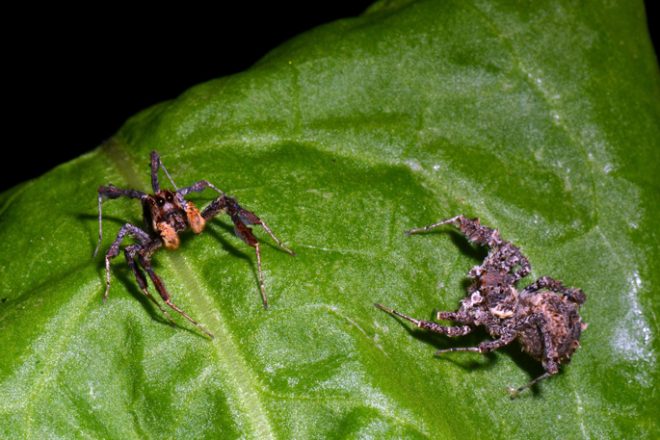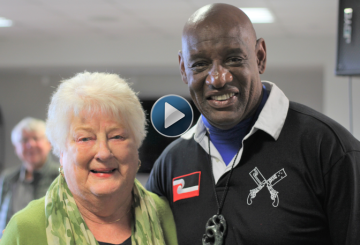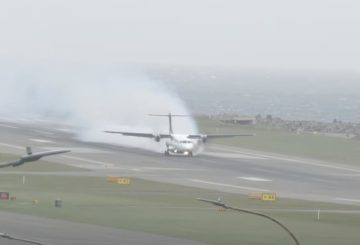Seorang profesor dari University of Canterbury adalah bagian dari tim global yang melakukan penelitian inovatif tentang perilaku berburu laba-laba pelompat. Profesor Ximena Nelson, Associate Head of the School of Biological Sciences, adalah salah satu dari sedikit peneliti Selandia Baru yang menerima dana dari Program Ilmu Perbatasan Manusia internasional.
Studi ini, yang telah diberikan $1,35 juta selama tiga tahun, akan memeriksa taktik berburu seperti kucing dari laba-laba pelompat Portia. Laba-laba ini, ditemukan di hutan tropis, memakan laba-laba lain dan sering mengambil rute panjang untuk menyelinap memangsa mangsanya, mirip dengan predator besar.
“Laba-laba Portia menghabiskan banyak waktu mengamati mangsanya dan memeriksa lingkungan mereka, seperti singa di sabana Afrika yang perlahan merayap di atas antelop untuk serangan mendadak,” jelas Profesor Nelson. Ini menunjukkan bahwa laba-laba mengevaluasi risiko dan imbalan dari berbagai opsi dan membuat rencana sebelum mengambil tindakan.
Penelitian baru akan menjadi yang pertama untuk menyelidiki apa yang mempengaruhi perilaku perencanaan ini, seperti penglihatan yang baik atau jenis habitat laba-laba. Menariknya, meskipun lebih dari 100 kali lebih kecil, laba-laba Portia memiliki penglihatan yang lebih baik daripada cheetah.
Studi ini juga akan menguji apakah perencanaan dimungkinkan tidak hanya pada mamalia dan burung berotak besar, tetapi juga pada makhluk kecil dengan otak kecil seperti laba-laba Portia, yang memiliki otak dengan neuron kurang dari 1 juta kali lebih sedikit daripada otak manusia.
“Temuan kami bisa signifikan karena dapat membantu mengembangkan algoritme untuk menciptakan sistem perencanaan buatan dalam mesin terbatas daya, seperti yang digunakan dalam misi luar angkasa. Ini bisa berimplikasi pada kecerdasan buatan,” kata Profesor Nelson.
Dia bekerja dengan para peneliti dari Universitas Johns Hopkins dan Universitas Northwestern di Amerika Serikat, dan Universitas Hubei di China. Proyek ini akan menggabungkan kerja lapangan, kerja lab, pengembangan robotika, dan simulasi komputer.






























































